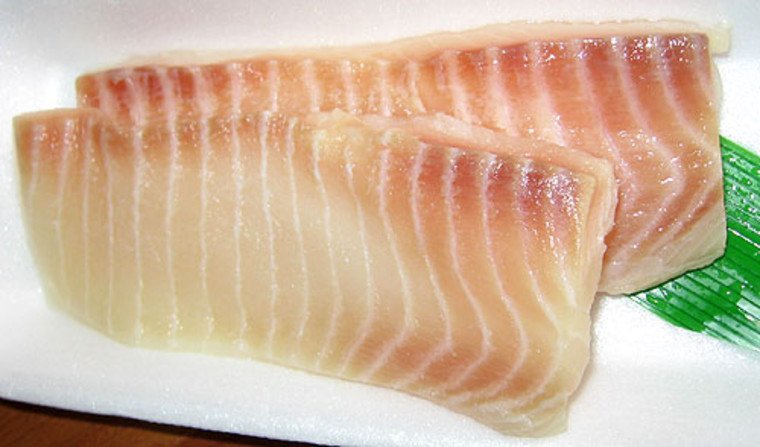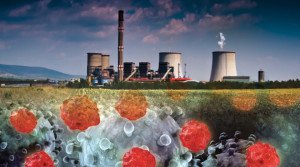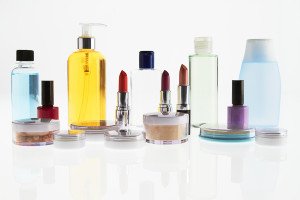Unraveling food industry lies – Your salmon and meat are artificially dyed to look more appealing
3 min read
(NaturalNews) There is a reason why those radiant, pink salmon filets and juicy, golden chicken breasts in the meat case at the grocery store typically appear unusually appetizing — but it often has nothing to do with the natural colorings of these animals’ flesh. It might come as a surprise to many readers, but conventional salmon, chicken, and various other meats are often artificially dyed to give the illusion that they are healthier and more nutritious than they really are.
It turns out that 95 percent of the Atlantic salmon sold in stores is farm-raised, and that the vast majority of this farmed salmon is artificially dyed to look more similar to wild salmon. Pharmaceutical giant Hoffman-La Roche is a major producers of pink dyes specifically used in farmed salmon pellets, also known as processed salmon food, which obviously turns salmon flesh more pink.
But instead of being composed of the natural salmon antioxidant astaxanthin (http://www.naturalnews.com/Files/Astaxanthin.pdf), the deceptive pink color found in farmed salmon is nothing more than a synthetic color chemical known as “Carophyll” that is designed to look like astaxanthin and other natural salmon colorings. Hoffman-La Roche and others actually have a salmon color chart known as “SalmoFan” that allows salmon farmers to pick the shade of pink they want added to their salmon food, much in the same way that one would pick a wall paint color using color tiles at the hardware store. (http://www.puresalmon.org/human_health.html)
For those with a trained eye, it is fairly obvious that farmed salmon is not the same as wild salmon, as the former is typically a duller pink color and lacks the vibrant rose color that is characteristic of wild salmon. But if it were not for the artificial color additives chosen from the SalmoFan, farmed salmon would likely not even be pink at all, but rather a disgusting gray color that nobody would dare purchase.
Farmed salmon, after all, are subjected to unnatural, cramped environments in which they are not allowed access to the open sea. Such environments create excess waste, and subject salmon to high amounts of toxic chemicals. Farmed salmon also contains far lower levels of omega-3 fatty acids and other nutrients compared to wild salmon.
Conventional chicken often dyed yellow, gold
Just like consumers would refuse to buy gray salmon meat, they also would never touch gray chicken meat. So to make inferior, factory-farmed chicken look like high-quality, pasture-raised chicken, many large-scale chicken producers add various dyes and additives to chicken feed to make their meat appear more yellow and golden.
It is hardly surprising that highly-processed foods like cookies, crackers, snack mixes, cereals and chips contain numerous additives, colorings, and other chemicals. But most people do not expect that the meats they purchase have undergone the same chemical alterations, as it is generally assumed that meat is meat, and that it is all the same.
This is why it is important that you know where your meat comes from, and whether or not the animal feed used to produce it contained artificial additives or coloring chemicals. When buying fish, stick with wild varieties rather than farmed, and select organic, grass-fed, pastured meats of other varieties whenever possible.
To learn more about food secrets, be sure to check out the FREE NaturalNews report, 25 Amazing (and Weird) Facts About Food: http://www.naturalnews.com
Sources for this article include:
Related links:
- Wild Pacific Salmon Explained
- Genetically engineered salmon, if approved by FDA, could destroy the salmon industry
- GE salmon? Are you out of your minds?
- Frankenfish: Genetically Modified Salmon May Soon Plop Onto Your Plate
- FDA Moves Closer to Approval of Salmon Frankenfish
- FDA refuses to require labeling of genetically modified salmon
Learn more: http://www.naturalnews.com/037136_food_industry_salmon_artificial_colors.html#ixzz26GMRFYJw






